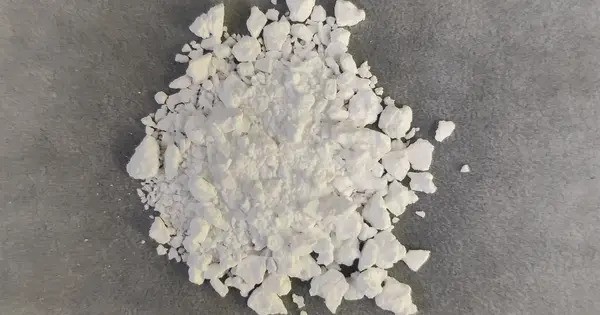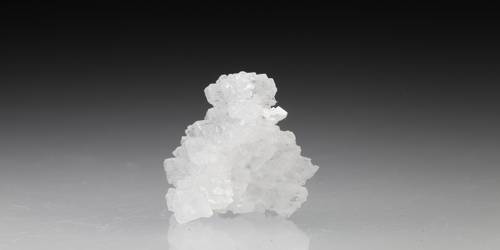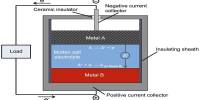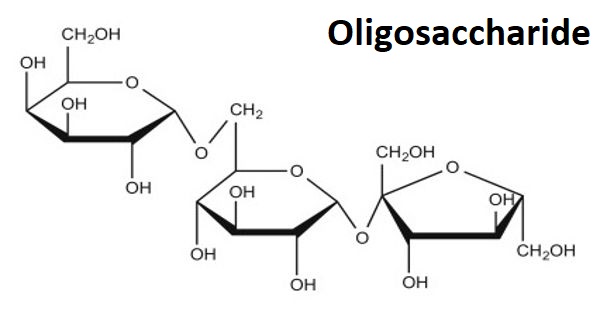Lutetium phosphide is an inorganic compound of lutetium and phosphorus with the chemical formula LuP. It is a compound composed of lutetium and phosphorus. The compound forms dark crystals, does not dissolve in water. It is typically a grayish or metallic-looking solid. It has a relatively high density due to the heavy lutetium atom.
Lutetium phosphide has a high melting point, although exact values may vary depending on purity and specific conditions. It is generally a good conductor of electricity. It exhibits interesting magnetic properties, related to the lutetium component. It is stable under normal conditions but can react with acids.
Synthesis
Heating powdered lutetium and red phosphorus in an inert atmosphere or vacuum:
4Lu + P4 ⟶ 4LuP
It can also be formed in the reaction of lutetium and phosphine.
Physical properties
Lutetium phosphide forms dark cubic crystals, space group Fm3m, cell parameters a = 0.5533 nm, Z = 4. Stable in air, does not dissolve in water and reacts actively with nitric acid.
- Chemical formula: LuP
- Molar mass: 205.94
- Appearance: Dark crystals
- Density: 8.1
- Solubility in water: Insoluble
- Crystal structure: cubic
Uses
Lutetium phosphide is used in the electronics industry as a semiconductor material. It can be used in the fabrication of certain optoelectronic devices due to its electronic properties. The compound is a semiconductor used in high power, high-frequency applications, and in laser diodes. Also used in gamma radiation detectors due to its ability to absorb radiation.
















